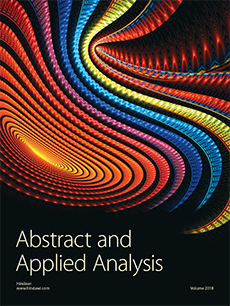Abstract
Microwave tomographic imaging is an inexpensive, noninvasive modality of media dielectric properties reconstruction which can be utilized as a screening method in clinical applications such as breast cancer and brain stroke detection. For breast cancer detection, the iterative algorithm of structural inversion with level sets provides well-defined boundaries and incorporates an intrinsic regularization, which permits to discover small lesions. However, in case of brain lesion, the inverse problem is much more difficult due to the skull, which causes low microwave penetration and highly noisy data. In addition, cerebral liquid has dielectric properties similar to those of blood, which makes the inversion more complicated. Nevertheless, the contrast in the conductivity and permittivity values in this situation is significant due to blood high dielectric values compared to those of surrounding grey and white matter tissues. We show that using brain MRI images as prior information about brain's configuration, along with known brain dielectric properties, and the intrinsic regularization by structural inversion, allows successful and rapid stroke detection even in difficult cases. The method has been applied to 2D slices created from a database of 3D real MRI phantom images to effectively detect lesions larger than 2.5 × 10−2 m diameter.
Citation
Natalia Irishina. Aurora Torrente. "Brain Stroke Detection by Microwaves Using Prior Information from Clinical Databases." Abstr. Appl. Anal. 2013 (SI51) 1 - 8, 2013. https://doi.org/10.1155/2013/412638
Information





